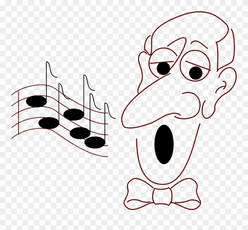How Does the Singing Voice Function? |
It's good to share!Got something you'd like to share with us all? Perhaps some interesting research, an event or experience or some other art, media or enterprise that you'd like to contribute. Archives
May 2021
Categories |


 RSS Feed
RSS Feed